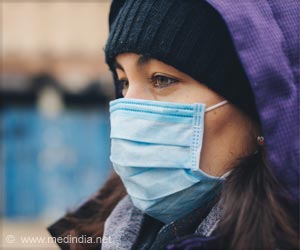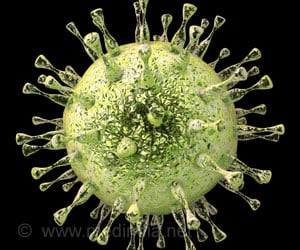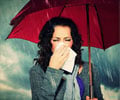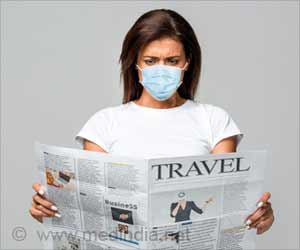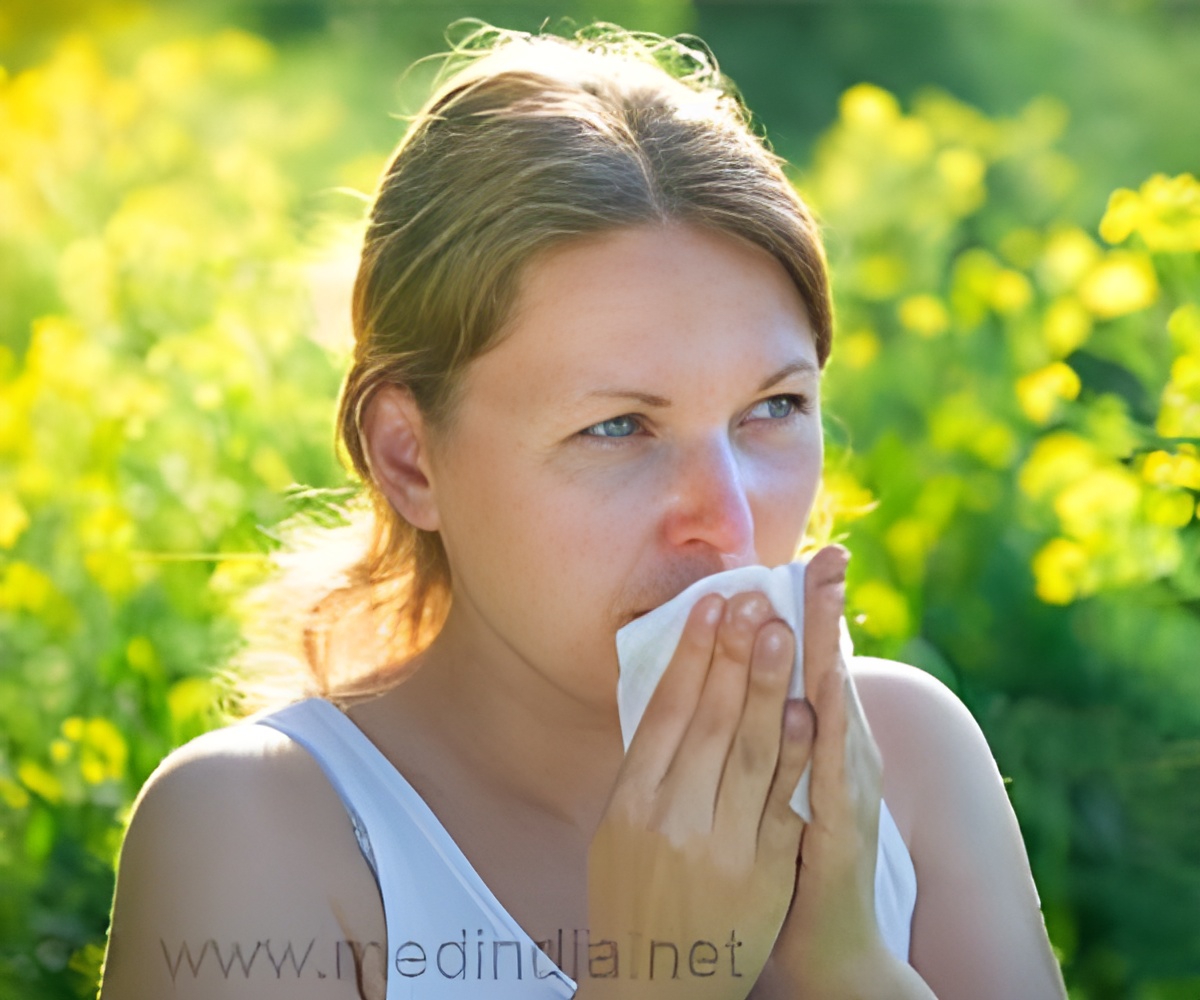
‘Whether individuals are allergic to the different pollen types is irrelevant.’
Read More..Tweet it Now
Data on population density and the effects of lockdown measures were also included. The researchers also analyzed pollen data from 130 stations in 31 countries from five continents. Read More..
Findings revealed that airborne pollen could account for 44% of the infection rate variation on average. Humidity and air temperature also played a role in some cases.
Infection rates were 4% higher with every increase of 100 grains of airborne pollen per cubic meter when lockdown regulations were not established.
German cities with concentrations of up to 500 pollen grains per cubic meter per day had an overall increase of over 20% in infection rates. However, regions with lockdown rules in effect had infection rates only half as high at comparable pollen concentrations.
High pollen concentrations are known to weaken the immune response in airways to viruses that cause colds and coughs. Infected cells send out messenger proteins (antiviral interferons) when a virus enters the body, which is the case with SARS-CoV-2. These antiviral interferons signal nearby cells to escalate defenses to keep the invaders away. Along with this, an appropriate inflammatory response is activated to fight the viruses.
Advertisement
Stefani Gilles, first co-author, says, "You cannot avoid exposure to airborne pollen. People in high-risk groups should, therefore, be informed that high levels of airborne pollen concentrations lead to an increased susceptibility to viral respiratory tract infections."
Advertisement
To protect themselves, Claudia Traidl-Hoffmann, last author, advises people at high-risk to monitor pollen forecasts over the coming months. She adds that when pollen concentrations are high, wearing a particle filtering mask can keep both the virus and pollen out of the airways.
Source-Eurekalert



